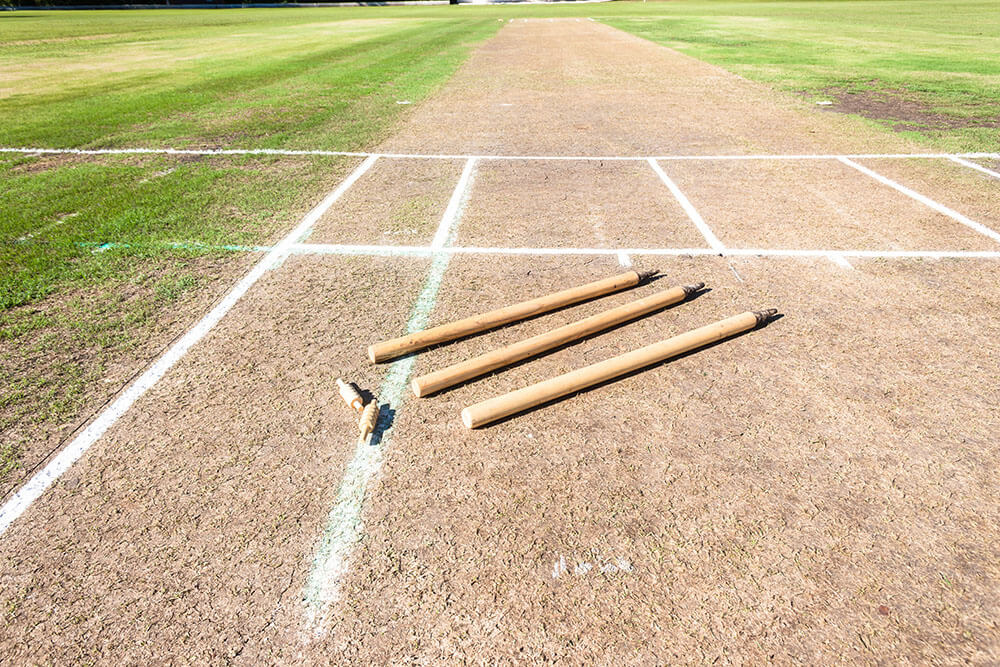Runs Scored
bit.ly/3PVj94R">
Contents
What is a No-Ball?
A no-ball is an illegitimate delivery in cricket. The ball will have to be delivered again in order to have a complete over of six legitimate deliveries. When a no-ball is delivered, the bowling team is penalised with one run in international matches and two runs in some non-international games.
How Many Ways Can a No-Ball be Delivered?
There are ten cases in which a delivery may be called a no-ball in a cricket match:
- The most common type of no-ball happens when the bowler oversteps the popping crease. The bowler must have some part of his foot behind the popping crease at the time of delivering the ball.
- A no-ball may be called if the bowler’s back foot is on or outside the return crease. The bowler’s back foot must remain within the return crease at the point of delivery.
- A ball delivered underarm is called a no-ball unless there is a prior agreement between the teams allowing such deliveries.
- A ball delivered with the wrong arm is a no-ball if the bowler has failed to notify the umpire before changing the bowling arm. The player must also notify the umpire about which side of the wicket he plans to bowl from.
- A full toss above waist height (beamer) will be considered a no-ball.
- A bouncer that goes over the head of the batsman is considered a no-ball. The umpire may also call a no-ball if the bowler bowls a bouncer that the umpire considers dangerous and unfair.
- If any fielder encroaches the pitch before the ball reaches the batsman, the umpire is likely to call a no-ball. This would include a wicket-keeper, whose body (any part of it) encroaches the area in front of the wicket before the ball hits the bat or passes the batsman. If the fielding side violates any fielding restriction at the time of delivery, the ball will be considered a no-ball. An example of such fielding restriction is placing two fielders behind square or exceeding the permissible number of fielders outside the inner circle in a limited-overs game.
- A “throw” ball is a no-ball. If at the point of delivery the bowler bends his elbow by more than 15 degrees, the delivery is considered a no-ball.
- If the bowler breaks the stumps at the runner’s end during his delivery stride, the umpire will call a no-ball.
- If a ball delivered by a bowler bounces more than once on its way to the batsman, it will be called a no-ball.
Any penalty runs awarded to the batting team, in relation to no-balls, will be added as extras. Any runs made by the batsman from a no-ball will be given to the batsman. Byes and leg-byes can also be scored off a no-ball. If a no-ball is a wide one, it will only be considered a no-ball, not a wide. However, any other penalty run, such as five runs awarded when the ball hits a helmet placed behind the keeper, will also accrue to the batting team, regardless of whether the ball is a no-ball. Any penalty run awarded for a no-ball will be reflected in the bowler’s analysis.
